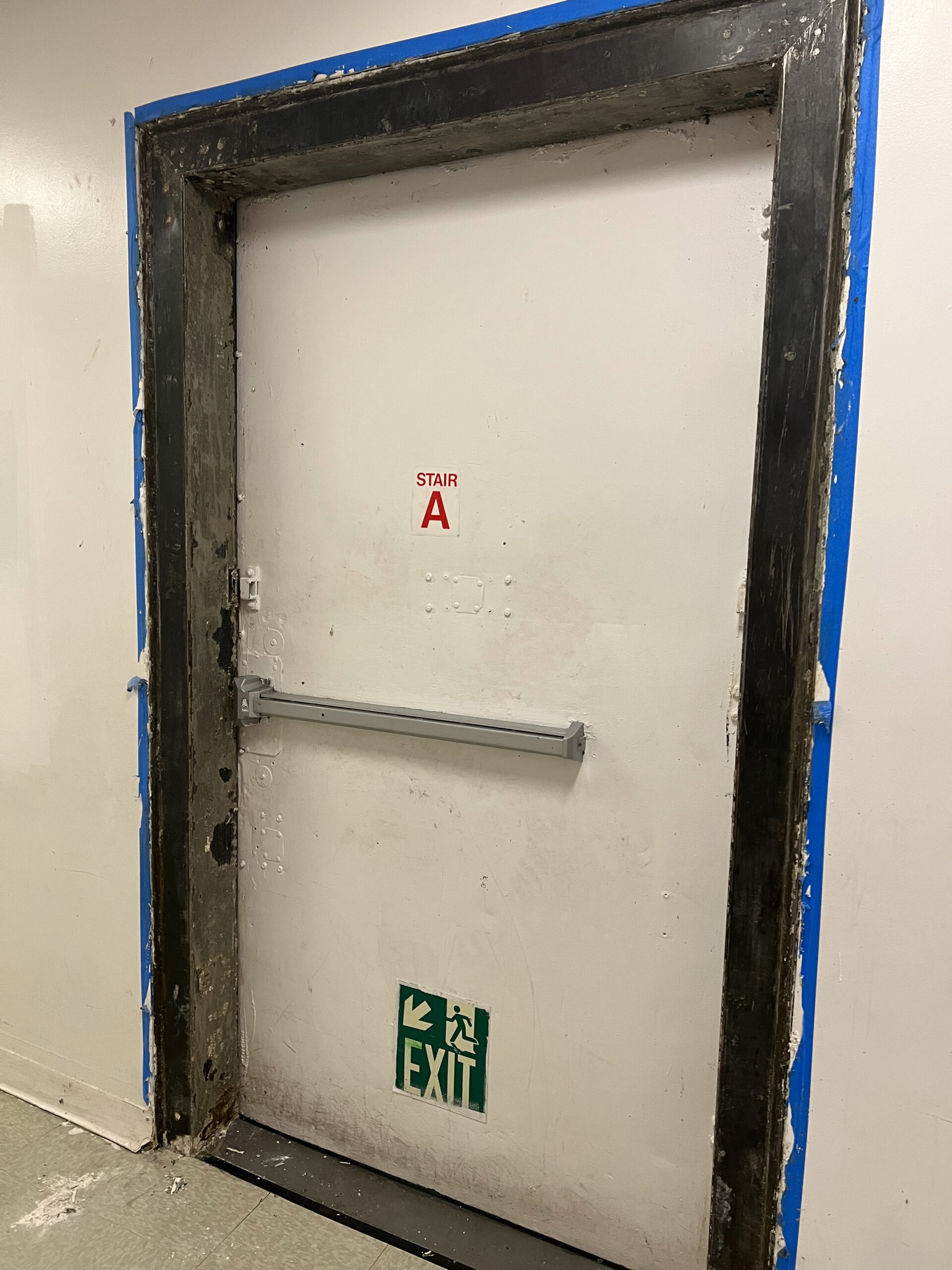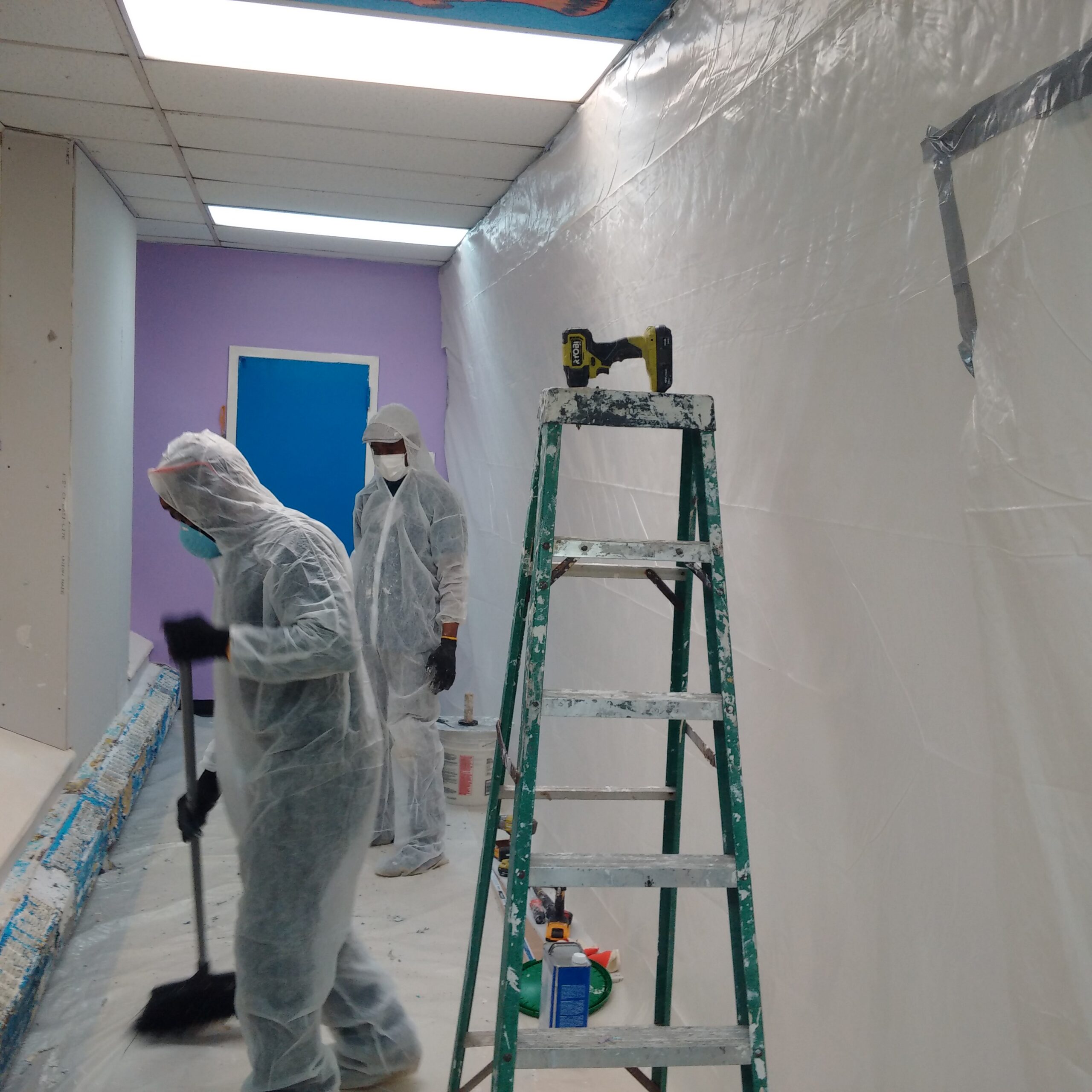Ideal Practices for Ensuring Safe and Detailed Lead Infraction Reduction
Addressing lead violation reduction calls for a multi-faceted approach to make certain both safety and security and conformity. It's the final clearance process, involving thorough inspections and research laboratory screening, that genuinely verifies a lead-free environment, ensuring lasting safety and security. Exactly how do these practices interconnect to assure detailed lead abatement?

Preliminary Assessment
Performing a preliminary assessment is a critical initial step in lead offense reduction. This phase incorporates an in-depth evaluation of the residential or commercial property to identify the existence, extent, and details places of lead-based threats. Qualified specialists, such as licensed lead inspectors or run the risk of assessors, ought to execute an extensive website evaluation, making use of tools like X-ray fluorescence (XRF) analyzers to properly spot and gauge lead concentrations in paint, dirt, soil, and water.
The evaluation has to likewise consist of a review of the building's background, previous reports, and any grievances or health and wellness issues reported by passengers - Lead Removal Contractors. Recording the findings thoroughly is important, as these documents create the basis for developing an efficient reduction strategy. A complete assessment likewise includes tasting and laboratory analysis, which are important to validate the presence of lead and guide subsequent activities
In addition, it is crucial to connect the outcomes transparently to all stakeholders, including home proprietors, lessees, and regulatory authorities. By guaranteeing that the preliminary evaluation is carried out with accuracy and roughness, specialists can lay a strong structure for a targeted and reliable lead reduction procedure, ultimately protecting public health and wellness and making sure conformity with governing criteria.
Correct Control
Correct control is vital to avoid the spread of lead impurities throughout reduction tasks. Successfully handling containment reduces the risk of lead dust and particles moving to non-work locations, consequently securing both the atmosphere and individuals outside the immediate job area. To accomplish appropriate containment, an airtight obstacle of plastic sheet should be established around the workspace, making sure all seams and edges are firmly secured. Lead Removal Contractors. This barrier should expand from flooring to ceiling and be taped down to prevent any kind of leakages.

Regular assessments of the containment location are required to examine for breaches or weak points in the barrier. Any kind of identified concerns must be promptly resolved to maintain the stability of the containment. By sticking to these techniques, abatement tasks can efficiently regulate lead contamination and reduce affiliated health threats.
Worker Security
Making certain worker security is critical throughout lead reduction projects to stop occupational exposure to unsafe lead fragments. Essential procedures consist of using personal safety tools (PPE) such as respirators, gloves, and full-body suits particularly developed to block lead dirt and fumes. Workers need to go through extensive training on the appropriate usage and maintenance of PPE, including fit screening for respirators to make certain maximum efficacy.
Engineering controls, such as regional exhaust air flow systems, are crucial in reducing airborne lead focus in the workplace. Management controls should also be executed, including limiting the duration of exposure and turning workers to see this page minimize private direct exposure times. Routine clinical monitoring and organic tracking are vital for very early discovery of lead absorption, making it possible for prompt treatment and treatment.
Moreover, establishing a decontamination protocol is important. Workers must follow stringent purification treatments prior to breaks and at the end of their shift to avoid lead dust from being carried outside the work location. This consists of thorough hand and face cleaning with lead-specific cleaner and changing out of contaminated apparel.
Thorough Clean-up
Preserving a safe job setting prolongs beyond employee security and includes meticulous cleaning to make certain lead bits are thoroughly gotten rid of from the website. The process of meticulous cleaning is vital in avoiding the recontamination of the abated location and protecting both current and future passengers.
To accomplish a comprehensive cleaning, all workplace should be systematically sanitized. This involves the usage of specialized HEPA (High-Efficiency Particulate Air) vacuum and wet-wiping techniques to record and remove great lead dust that might have webpage worked out on surface areas. It is crucial to clean all straight surfaces, consisting of floors, window see sills, and kitchen counters, in addition to upright surfaces that may have entraped lead particles.
Employees must use appropriate individual safety equipment (PPE) throughout cleaning to avoid direct exposure to recurring lead dust. Utilized cleansing materials such as wipes, sponges, and mop heads must be dealt with according to contaminated materials disposal policies.

Final Clearance
Last clearance is the crucial concluding phase of lead abatement that identifies whether the site is risk-free for reoccupation. This vital action includes detailed assessment and screening to confirm that all lead dangers have actually been efficiently eliminated.

Last clearance testing not only shields future owners however also ensures conformity with regional, state, and federal laws. Additionally, it functions as a documented recognition of the abatement contractor's adherence to sector finest practices. Making sure an extensive and successful last clearance is vital in safeguarding public wellness and promoting rely on the reduction process.
Final Thought
Ensuring secure and detailed lead infraction reduction requires a complex method encompassing preliminary analyses with sophisticated discovery methods, reliable containment methods, stringent worker defense protocols, and precise cleaning procedures. The final clearance stage, featuring in-depth examinations and laboratory screening, is crucial to verify conformity with EPA standards. Adherence to these best methods assures a safe atmosphere for residents, minimizes health dangers, and maintains governing requirements, thus advertising public wellness and safety in lead-affected areas.